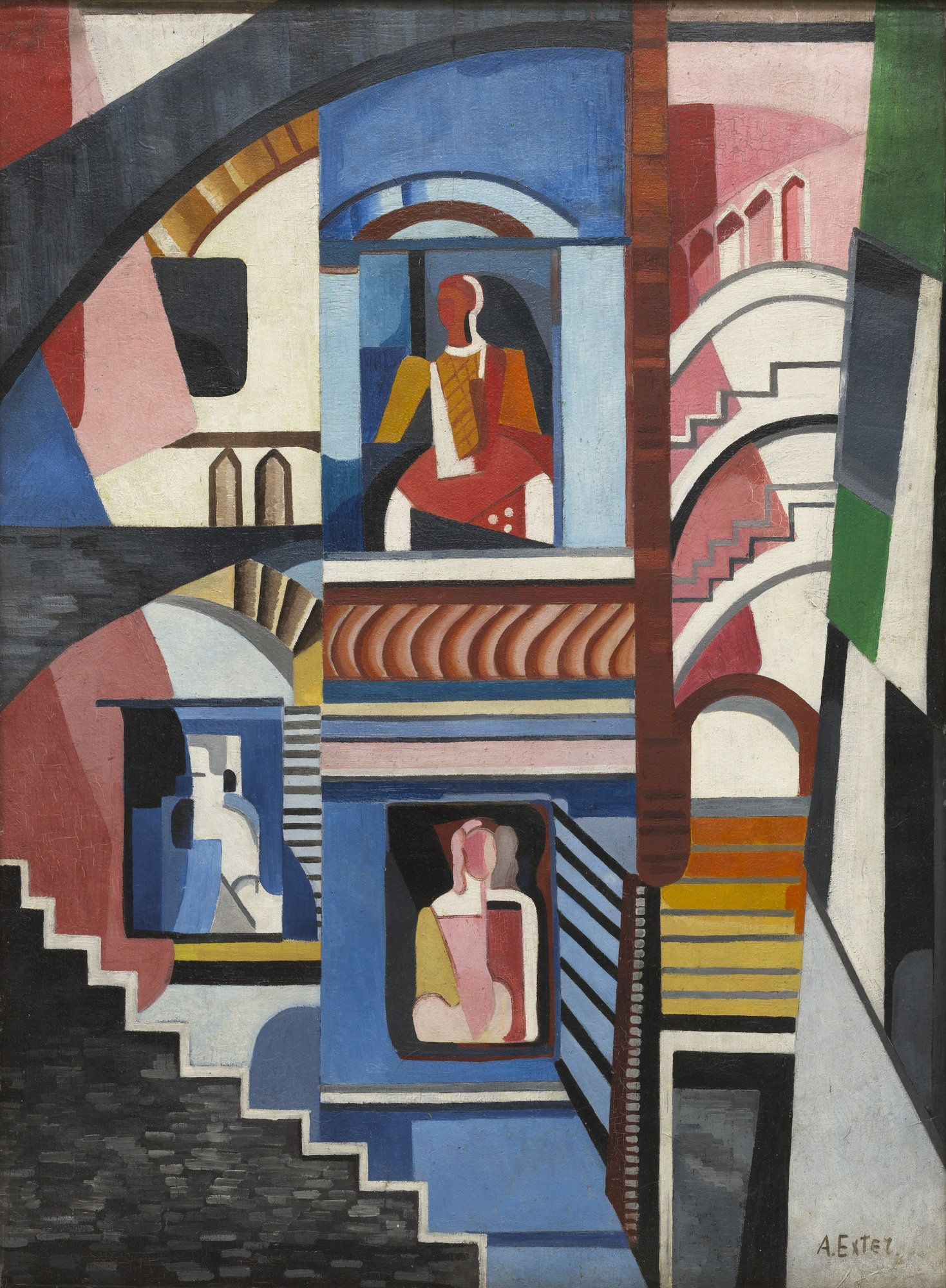Vintage visual
Another thing that gained attention was the Memphis style. Named after the creators of the Memphis group in Milan, it is said to be the pinnacle of 80s design aesthetics. The Memphis style is said to be a technique combined with retro-like elements of tropical, pop art, and deco, transcending modernism by using geometric shapes, linework, funky color palettes, and asymmetry BetMGM Arizona Sportsbook.
During the 80s, the tropical trend – think palm trees, sunsets, neon, and pastels – was in full swing. Represented in film posters, album covers (hello Wham!), clothing and home decor, designers began expressing themselves through extraordinary colors, florals, and angular shapes that embodied the colorful, tropical style.
Breaking the conventions of traditional typography, this style is becoming increasingly popular today – particularly in advertisements, memes and personal branding. Find some funky 70s font examples on Envato Tuts+.

Theatrical artwork
It was in a bid to capture these celebrities at work that a new artistic genre took off: the theatrical painting. A fine early example is William Hogarth’s 1745 picture of Garrick as Shakespeare’s Richard III (above), the role with which the actor made his name. He is seen in his tent on the eve of the Battle of Bosworth, having woken from a dream in which he is rebuked by the ghosts of his murder victims.
Another master of the genre was German-born Johann Zoffany, who captured the details of a performance with photographic accuracy. Among his finest pictures is that of Macklin as Shylock in Shakespeare’s The Merchant of Venice. Painted in 1768, it depicts a distraught Shylock, reeling from the news that his daughter Jessica has eloped — and taken his money and jewels with her.
Behind the scenes, theatre is a complex art form rooted in ancient traditions that continue to evolve. The foundations of theatre art were laid in Greece, but throughout history, it has adapted to reflect the changing tastes and cultural narratives of societies around the world. Modern theatre continues to explore new narratives, methods, and technology, thus constantly redefining the boundaries of performance and audience engagement. This persistent transformation keeps theatre a relevant and dynamic form of cultural commentary and creative expression.

It was in a bid to capture these celebrities at work that a new artistic genre took off: the theatrical painting. A fine early example is William Hogarth’s 1745 picture of Garrick as Shakespeare’s Richard III (above), the role with which the actor made his name. He is seen in his tent on the eve of the Battle of Bosworth, having woken from a dream in which he is rebuked by the ghosts of his murder victims.
Another master of the genre was German-born Johann Zoffany, who captured the details of a performance with photographic accuracy. Among his finest pictures is that of Macklin as Shylock in Shakespeare’s The Merchant of Venice. Painted in 1768, it depicts a distraught Shylock, reeling from the news that his daughter Jessica has eloped — and taken his money and jewels with her.
Visual
Visual Studio is the fastest IDE for productivity. Target any platform, any device. Build any type of application. Work together in real time. Diagnose and stop problems before they happen. It makes the stuff you do every day more fluid and responsive.
Setup adds Visual Studio Code to your %PATH% environment variable, to let you type ‘code .’ in the console to open VS Code on that folder. You need to restart your console after the installation for the change to the %PATH% environmental variable to take effect.
Extensions are add-ons that customize and enhance Visual Studio, including extra settings, features, or uses for existing tools. With thousands of extensions on the marketplace, you’ve got options galore to increase your productivity and cater to your workflow.
